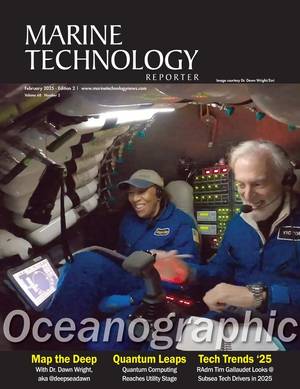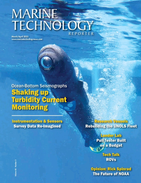Sonar Manufacturers Partner for Seagrass Surveys
BioSonics and Ping DSP Sonar Technologies Combine for Seagrass Surveys; 3D Sidescan and Scientific Single Beam Dovetail as Highly Effective Habitat Assessment System
Two sonar manufacturers from the Pacific Northwest have joined forces in a cooperative effort aimed at improving efficiencies in aquatic habitat mapping. Seattle-based BioSonics Inc., and Ping DSP, with headquarters located in Victoria, BC, recently conducted trials to evaluate the effectiveness of a Ping DSP 3D Sidescan sonar combined with a BioSonics MX single beam echosounder as a means for locating and quantifying seagrass beds.
The Ping DSP 3DSS-DX-450 provides wide-swath bathymetry data with full-water-column three-dimensional backscatter imagery, while the BioSonics MX echosounder uses a focused, relatively narrow beam (90) capable of penetrating the vegetation canopy and accurately locating the bottom beneath the plants. When deployed simultaneously, the hybrid 3D sidescan/single beam system offers a unique combination of capabilities ideal for mapping and quantifying submerged aquatic vegetation. The Ping 3DSS provides qualitative information across large areas whereas the BioSonics single beam sonar provides quantitative subsampling across areas where plants are known to exist.
Paul Kreutner, owner of Ping DSP summarized, “With the Ping 3DSS, we could clearly visualize seagrass beds at distances over 50 meters on either side of the survey vessel. This allowed us to quickly locate the edges of the grass patches and navigate directly through the plant beds where the MX system was used to collect accurate height and density measurements of the vegetation.”
The MX echosounder is a purpose-built aquatic habitat assessment system developed by BioSonics in 2012. BioSonics echosounder data is processed with specialized software called Visual Habitat to obtain plant height and density measurements as well as substrate classification. BioSonics developers are now looking at potential ways to adapt Visual Habitat software for Ping DSP sidescan data.
Tim Acker, BioSonics owner and president, aid, “We see tremendous synergies between the two technologies and across our businesses. It’s great having a trusted, local partner for collaborations like Ping DSP.”




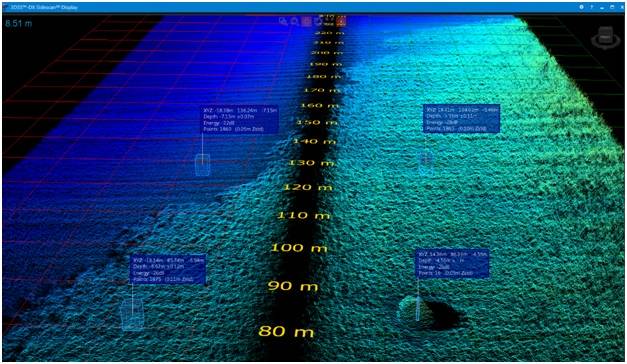
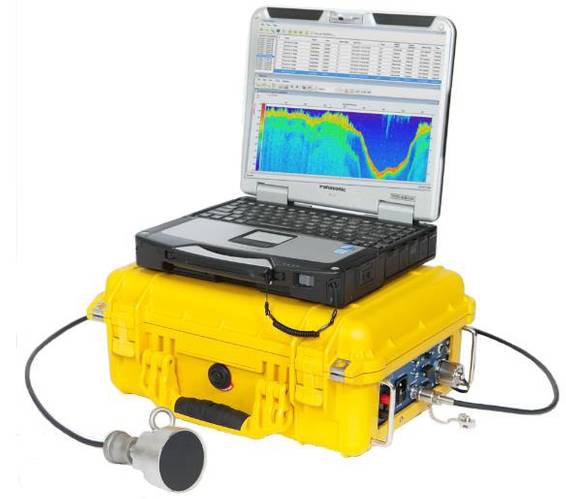
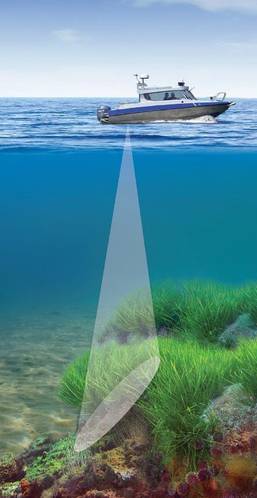



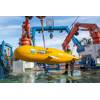
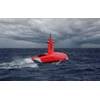
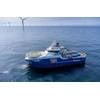






 February 2025
February 2025
